#stem
Text
#sophie reade#interiordesign#panty slave#im a faggot#stem#hairstyle#virginia woolf#gamedev#hamlet#whiskey
125 notes
·
View notes
Text
whenever I'm feeling especially unmotivated to do my schoolwork, I remember that Gale Dekarios would probably want me to write that paper and finish that homework assignment. If I'm not doing my homework for my own well-being, I'll do it for Gale.
saw someone else on here say sometime similar, truly the only reason I'm getting through college rn
#i want to die plz help me#school#college#stem#women in stem#baldurs gate gale#baldurs gate 3#gale dekarios#gale of waterdeep#bg3#bg3 gale
24 notes
·
View notes
Text

i know this is the least original thought but what the fuck is this. it literally looks like it knows its an abomination. the only thought in that head is "i shouldnt exist"
#tully monster#biology#paleontology#geology#geoscience#minerals#rocks#paleoart#sciblr#stem#science#zoology#fossils#prehistoric#dinosaurs#paleoblr#paleomedia#paleo art#marine biology#prehistoric animals
16 notes
·
View notes
Text

Nora AlMatrooshi
Nora AlMatrooshi, the first Emirati woman astronaut, worked as a piping engineer before becoming an astronaut candidate for the United Arab Emirates. https://mbrsc.ae/team/nora/
Make sure to follow us on Tumblr for your regular dose of space!
#NASA#astronaut#NASA Yearbook#graduation#Class of 2024#space#Inspiration#UAE#United Arab Emirates#engineer#engineering#women in STEM#women in engineering#STEM
16K notes
·
View notes
Text
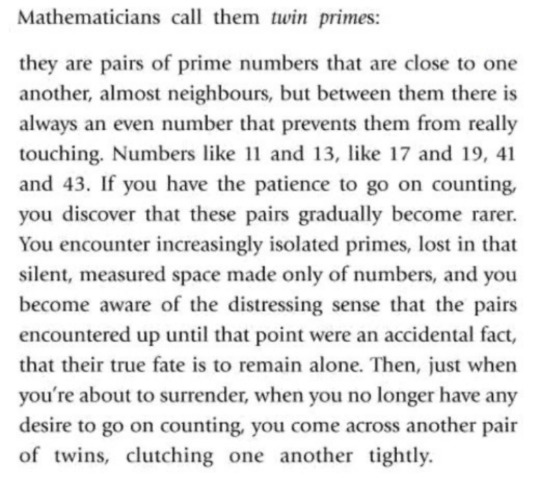

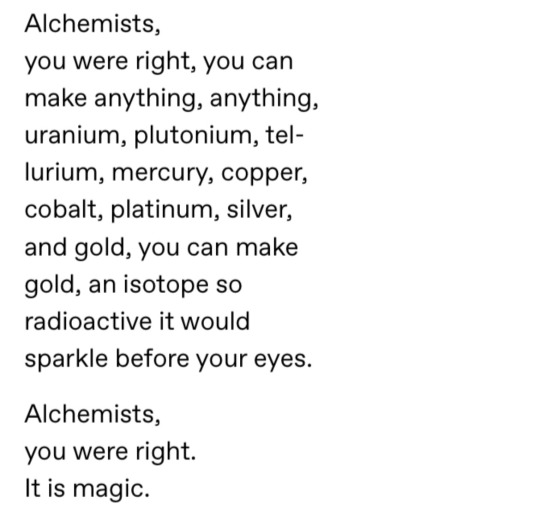




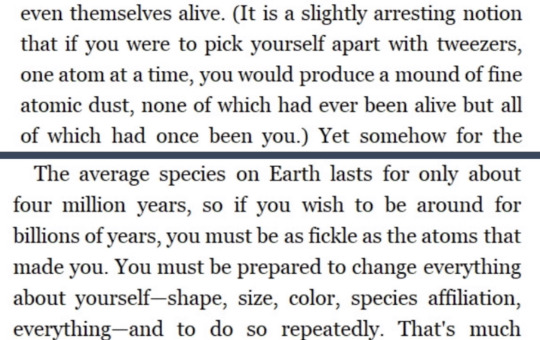


What is the difference between a cathedral and a physics lab? Are they not both saying: Hello?
Paolo Giordano, “The Solitude of Prime Numbers” / Antonio Tonelli / Laura Giplin, “A Toast to the Alchemists” / Dennis Overbye, “Music of the Heavens Turns Out to Sound a Lot Like a B Flat” / Carina Nebula / Marie Howe, “Singularity” / Alan Bean, “Is Anyone Out There?” / Bill Bryson, “A Short History of Nearly Everything” / Garrett Lee, “Canyon” / Whit Bronaugh, “The Trees That Miss The Mammoths”
#this is one of my favourite things in the world#mine#compilations#parallels#web weaving#web weave#words#poetry#comparatives#stem#science#scienceblr#space#on nature
20K notes
·
View notes
Text
#i have full exam season next week and coming up with the names gave me some extra fun#personally i’m more of a#chemistry#person myself#(though my recent grades are working hard to prove me wrong)#anyways#how does one tag again?#poll#!!#science#stem#science side of tumblr#never mind#nadirants
9K notes
·
View notes
Text
A snapshot of one morning, on a relaxed day with mild weather. Now imagine this when it's crowded or when it's raining or snowing.
Video description: POV from the lap of a wheelchair user. Very shaky. OP is going downhill on a fall day. Lots of trees and fallen leaves around. There are construction trucks to the left in the very beginning. Every now and then, you can see a German Shepherd on the left. Second obstacle shows a food robot crossing the sidewalk to drive in front of OP, but it stops suddenly and OP crashes into it. OP continues down the hill until she reaches another food robot, which is obstacle 3. This robot sits in the middle of the sidewalk while OP navigates around it. Then OP comes to a concrete ramp with iron railings, which is obstacle 3.5. It is very steep. After the ramp, OP goes to cross the street, where a black SUV blows through the crosswalk. Obstacle 4 is a ramp with red brick. OP struggles to move up and pauses at one point before continuing again to obstacle 5, where there is a big concrete building and manual doors. The German Shepherd service dog goes up to push the accessibility button multiple times to no avail. A student comes and opens the door, OP enters through two sets of doors into a hallway. Clip change to obstacle 6, OP is wheeling down a hallway and approaches a white elevator with out of order signs.
End of description.
#actually disabled#disabled#ambulatory wheelchair user#service dog#college#wheelchair#manual wheelchair#disability#inaccessibility#wheelie#city bus#college campus#campus bus#student#stem#women in stem#disabled scientist#disabled people in stem#service dog in training#dogs#german shepherd#assistance dog#shaky camera#flashing
8K notes
·
View notes
Text

6K notes
·
View notes
Text
Geology of Natural Disasters and How to write them into your fictional universe.
So, you want to write about a natural disaster to advance your plot and torture your players/characters even more? Let me tell you how, accurately.
I feel like unless it is a volcano, natural disasters are a pretty slept on plot drivers, and some of them are really cool and unique! Today, I will talk to you about land slides, earthquakes (And earthquake related disasters), and volcanoes.
Landslides: Probably one I see the least in stories, but one that would be incredibly interesting to write into a plot where they believe in curses. Landslides can happen along ocean bluffs, slightly hilly areas, and highly mountainous areas, this means it is something that can happen in most landscapes. But what can trigger a landslide? Mostly all you need to trigger a landslide could be just abnormally large amounts of rain, excessive deforestation (with a little bit of rain), or an earthquake. If you don't want to use deforestation or an earthquake as a catalyst, a really cool indicator that the land is slipping and may be prone to a collapse is J hooked trees.

This indicates that there is soil creeping slowly over time, and it may lead to a major landslide.
2. Earthquakes: Probably one of the easiest things to write, earthquakes can happen anywhere, but they are most common in places that are tectonically active areas. There are about three types of environments you can expect earthquakes to be common. The first is just rugged mountains, if your landscape looks like this, you should write in earthquakes. Associated hazards could be landslides, avalanches, and large falling rocks.
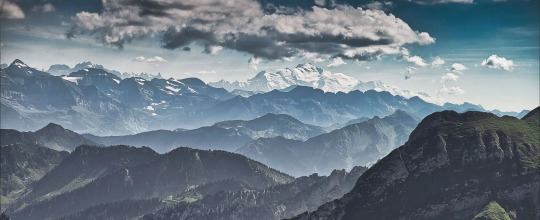
The next landscape could be a thin mountain range, next to the ocean, very scenic, but very dangerous. Essentially, I am describing a subduction zone environment.

Earthquakes in these areas could equal a couple different associated disasters. Scenario one: A very large earthquake happens, and the ocean begins to recede. This is a tsunami, enough said. If you are writing a tsunami though, please, please, do not write it as a large wave, thank you. Also, a common way people are hurt by tsunami's are from them going into the ocean because they don't understand a tsunami is going to happen.
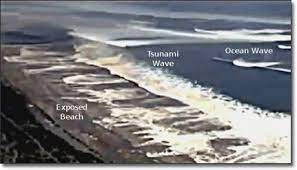
Scenario two: A large earthquake happens, your characters are in a valley and suddenly the ground begins to liquify as the ground shakes, once the shaking stops, the ground becomes solid like nothing ever happened, except everything has suddenly sunk into the now hard ground. This is called liquefaction and it typically happens in areas that have loose dirt or lots of saturated soil.
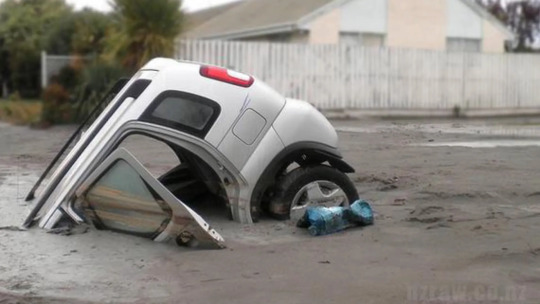
Scenario three: There are a lot of small earthquakes, they do not cause a lot of damage, but you begin to notice that one of the isolated mountains has a plume rising. Earthquakes can indicate lava moving underground and the filling of magma chambers.
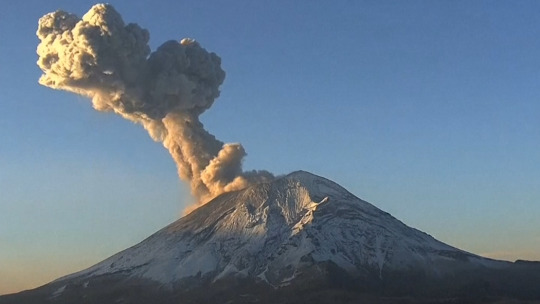
The next environment that can host lots of earthquakes would be regions that have a lot of really deep valleys and small mountain ranges (not cone volcanoes), but overall seems pretty flat.
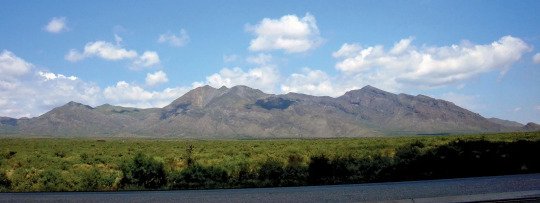
This indicates a transform fault like the San Andreas. If you want to hint at there being earthquakes in the area, you can show fence posts that are suddenly several feet out of line at a dilapidated farm or something similar.
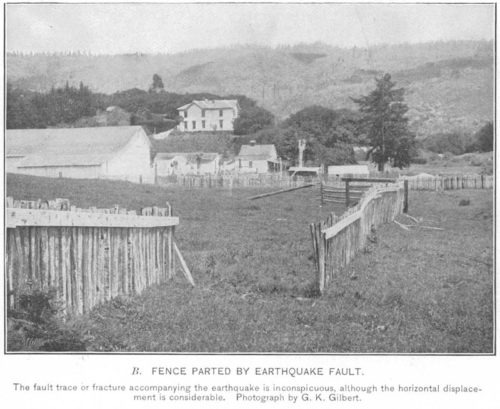
(These earthquakes are different because they are cased from sideways movement, not an up-and-down movement this hint can only be used for this environment). Volcanoes would not be found here, but liquefaction and landslides could still occur here.
4. Volcanoes: If you thought earthquakes had a lot of information, volcanoes do too. First you have to ask yourself, what kind of volcano you want to have, what kind of eruption style? So lets break down the kind of eruptions you can have and what their landscapes look like. Hawaiian Shield volcano: This will produce a smooth fast lava, the landscape typically is pretty flat, but there will be small cones and the rocks can have a ropey or jagged texture and the rocks will be almost exclusively black to dark red.

Stratovolcanoes: These will be solitary mountains, typically, that look like perfect cones (Picture shown in earthquake section). These will have large ash cloud eruptions and pyroclastic flows, they may have some lava, but typically most damage is done from the pyroclastic flows (think Pompeii). Some hints of these, other than describing the cone features (which can be hidden by other mountains), would be to talk about petrified wood! Trees can get fossilized in the ash and I imagine it would be very strange to find this rock that clearly looks to be a piece of wood, but its a rock. Subcategory- Calderas: Used to be a large stratovolcano, but they erupt so explosively that the entire cone collapses and creates a basin.

There are a lot of kinds of volcanoes out there, so forgive me for just putting an infographic and then talking to you about these really rare types of eruptions that I feel like people should know about.
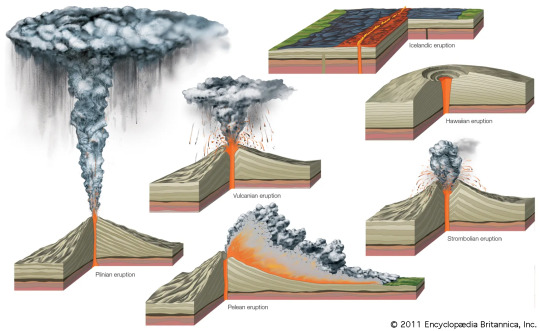
Okay lets talk about blue lava (kind of) and black lava

You will notice the lava is still red in the middle of this image, during the day these would look like a normal eruption, but at night the burning sulfur would make it appear blue. Some cool features other than this, would be that any water in the area would become very acidic and burn the skin due to sulfuric acid. This would again be really cool if you are trying to describe a 'cursed' land.
Black lava: This happens only in the east African rift I believe, but it is a carbonatite lava, but if you are writing in a rift valley (where the continent is tearing apart to form a new ocean) this might be a cool feature. The lava will cool white and will quickly erode, it makes for a very alien landscape!

Anyway as always, this is supposed to be an introductive guide for the basics of writing geology to create cool landscapes/features into dnd or fictional universes, if you are a geologist please understand my oversimplification of tectonics, I didn't want people to run away.
#geology#rocks#stem#dnd#dnd worldbuilding#worldbuilding stuff#fictional world#worldbuilding#fictional writing#writing resources#creative writing
4K notes
·
View notes
Text
What I really appreciate about The Talos Principle 2 is that big chunks of its writing genuinely read like they were written by someone who's personally had to justify the discipline of philosophy to a STEM major. "There exists an implicit moral algorithm in the structure of the cosmos, but actually solving that algorithm to determine the correct course of action in any given circumstance a priori would require more computational power than exists in the universe. Thus, as we must when faced with any computationally intractable problem, we fall back on heuristic approaches; these heuristics are called 'ethics'." is a fascinating way of framing it, but then I ask why would you explain it like that, and every possible answer is hilarious.
#gaming#video games#the talos principle 2#the talos principle#philosophy#ethics#computer science#stem#the talos principle 2 spoilers#the talos principle spoilers#spoilers
2K notes
·
View notes
Text

Normal responses to my friend lamenting about her engineer buddy's Bad Takes about the liberal arts
12K notes
·
View notes
Text

whenever i can't picture dinosaurs existing i just humble myself by looking at birds alive today. what the actual fuck is that thing
#just look into the eyes of flamingos and you can see the dinosaur#biology#science#stem#sciblr#paleontology#zoology#fossils#prehistoric#dinosaurs#earth science#geoscience#dinosaur#paleoblr#cretaceous#sauropod#geology#prehistoric animals#birds#birdblr
4K notes
·
View notes
Text

Our newest class of astronaut candidates graduated on March 5, 2024. This means they’re now eligible for spaceflight assignments to the International Space Station, the Moon, and beyond! In the next twelve posts, we’ll introduce these new astronauts.
youtube
Do you want to be a NASA astronaut? Applications are now open.
Make sure to follow us on Tumblr for your regular dose of space!
#NASA#astronaut#NASA Yearbook#graduation#Class of 2024#space#Inspiration#tech#technology#dream job#Youtube#STEM
16K notes
·
View notes
Text
what is the flow rate of gojo’s sperm? 🤔
😈 😈 😈 ALRIGHT LET’S FIND OUT
shoutout to m00tie @quinnyundertow since u said there's nothing that turns you on more than hearing how mobile a man's flagella are. this one's for you bb.


alright, first off, because his cum is confirmed to be both incompressible fluid as well as move with laminar flow, these attributes satisfy the conditions of pouiseulle’s law:
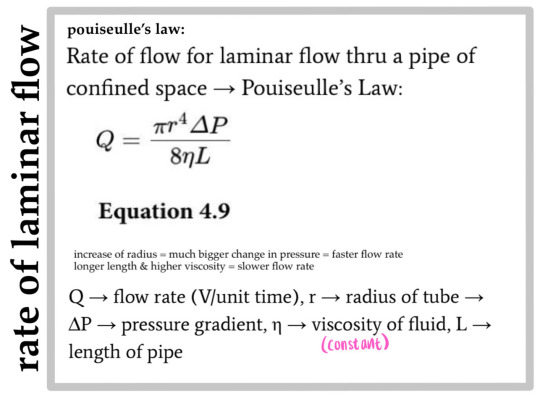
i had to do a little bit of research to determine if it was laminar or turbulent flow, and apparently sperm travels with both stokes & laminar flow, which is pretty interesting, and also moves in a sinusoidal propagating wave, likely due to the movements/shape of the flagella

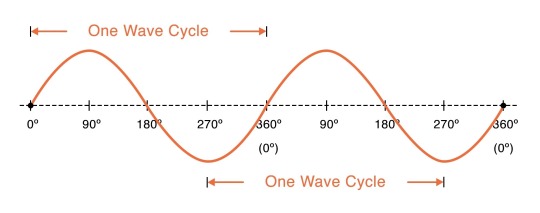
note: microscopic sperm travel & ejaculate fluid travel are two very different things, but i can’t solve for anything microscopic here so we’re just gonna go for the ejaculate fluid only
anyways, to use pouiseulle’s law, let’s first determine our variables, and make sure we get the units right as well! always draw a diagram w all the variables:
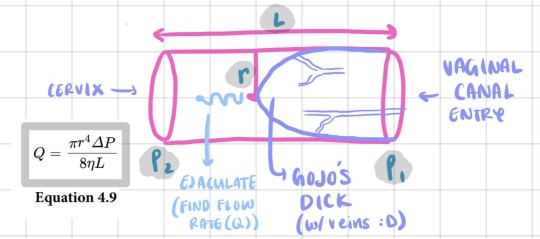
now, let’s identify the variables:
1. radius (r) of tube -> this refers to the pipe/tube, therefore in this case, the vaginal canal. now since gojo has decided to creampie, we can assume that the radius of the vaginal canal will be equivalent to the radius of his girth as he is stretching you out. gege told me the diameter of his big fat schlong is approximately 3 inch girth, therefore the radius = 3/2 = 1.5 inches
2. ΔP refers to change in pressure gradient, in this case i’ve decided to have P1 as pressure at vaginal canal opening, and P2 as pressure at the end where the cervix is. therefore, ΔP = (P1 - P2) for the equation. i know you’ve got that gorilla grip coochie, esp when the world’s strongest sorcerer is fuckin you SENSELESS, but all things considered this is a very difficult parameter to measure, therefore i found this article to help out with this:
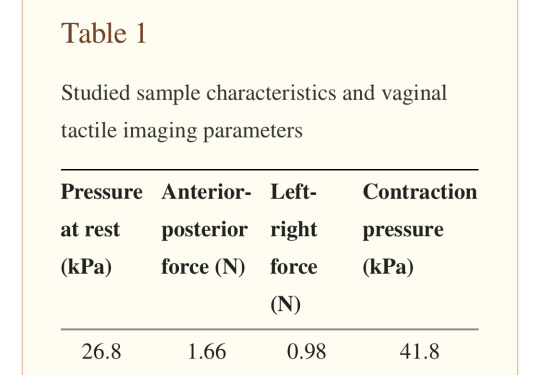
we’re going to assume “contraction pressure” (at the vaginal canal opening) is P1, due to gojo’s intrusion. and we’re going to assume “pressure at rest” is P2 at the end near the cervix (he’s pulled out a lil bit ok this makes things easier for me)
kPa are the units that we want for ΔP in this case, therefore it’s a simple calculation:
ΔP = P1 - P2 = 41.8 kPa - 26.8 kPa = 15 kPa
3. the last variable we need to account for here is L, which is the length of the PIPE HE’S LAYIN INSIDE OF YOU (jk it’s just length of ur coochie). now, i imagine this man is a generous lover, and he’s alr made you cum a few before he stuck it inside, so with arousal, the vaginal canal length has likely increased to about 5 inches (moreso 4.75in based on avg values in research but he stretched you in even more during the sexing!!) therefore L = 5 in
4. the other two values are just constants:
π = pi 3.1415 (imma just use pi function in calc)
η = this is viscosity of a fluid. based on this research article, the viscosity of human semen is approximately 9.35 cps. we want these units in kPa•s (remember that your units need to match the units of the other variables), so we need to use density of sperm (1.043 g/ml) to convert the factor (i just used chatgpt lol) but the conversion factor is pretty similar therefore we will just plug in something close to 9.35 kPa•s (true value is a little smaller)
ALRIGHT WONDERFUL! WE HAVE DETERMINED ALL OF OUR VARIABLES :) NOW WE JUST NEED TO PLUG IT INTO OUR EQUATION/DIAGRAM:
*note: mind the units! (shown in blue) there are lots of variations on how flow rate can be shown w the units, so u wanna be careful that they match

YAAAAY!! so the flow rate (Q) of gojo’s cum is approximately 0.63787 in^3/sec ☺️💕
use a quick converter online, and we can make it into liters per minute -> 0.02214 l/min. convert this to milliliters -> 22.14 mls
which means that, in one of gojo’s average cumshots, he cums 22.14 mls of ejaculate !!! :0 sheesh that’s a lot!!
but how does this value compare to other men? research varies, but on average, men ejaculate between 1-10mls per orgasm, therefore the world’s strongest sorcerer cums more than TWICE the worldwide average!!
and one final calculation shows us that when he finishes, it’s at about 0.369 mls per second :) that's fuckin fast!!!

thank you for cumming to my ted talk!! byee
alr ellie out ✌🏼😖 (i have sm brainrot)
—
disclaimer: i am neither mathematician nor engineer nor physicist 🧚♀️✨ i hold a b.s. in biology n took very simple college level physics <3 therefore i cannot speak for the true validity of these calculations or results. tis for funsies.
#i hate that i had sm fun making this lmfaooo#jujutsu kaisen#gojo satoru#gojo x reader#gojo x y/n#gojo x reader smut#gojo x y/n smut#smut#fluff#angst#jjk#jjk smut#jujutsu kaisen smut#physics#laminar flow#science#stem#anime#manga#jujutsu kaisen meme#jujutsu kaisen crack
3K notes
·
View notes
Text

Is it me or does Jupiter in this also look like calcifer from howls moving castle
114K notes
·
View notes
Text
OKAY THIS ARTICLE IS SO COOL
I'm going to try to explain this in a comprehensible way, because honestly it's wild to wrap your head around even for me, who has a degree in chemistry. But bear with me.
Okay, so. Solids, right? They are rigid enough to hold their shape, but aside from that they are quite variable. Some solids are hard, others are soft, some are brittle or rubbery or malleable. So what determines these qualities? And what creates the rigid structure that makes a solid a solid? Most people would tell you that it depends on the atoms that make up the solid, and the bonds between those atoms. Rubber is flexible because of the polymers it's made of, steel is strong because of the metallic bonds between its atoms. And this applies to all solids. Or so everybody thought.
A paper published in the journal Nature has discovered that biological materials such as wood, fungi, cotton, hair, and anything else that can respond to the humidity in the environment may be composed of a new class of matter dubbed "hydration solids". That's because the rigidity and solidness of the materials doesn't actually come from the atoms and bonds, but from the water molecules hanging out in between.
So basically, try to imagine a hydration solid as a bunch of balloons taped together to form a giant cube, with the actual balloon part representing the atoms and bonds of the material, and the air filling the balloons as the water in the pores of the solid. What makes this "solid" cube shaped? It's not because of the rubber at all, but the air inside. If you took out all the air from inside the balloons, the structure wouldn't be able to hold its shape.
Ozger Sahin, one of the paper's authors, said
"When we take a walk in the woods, we think of the trees and plants around us as typical solids. This research shows that we should really think of those trees and plants as towers of water holding sugars and proteins in place. It's really water's world."
And the great thing about this discovery (and one of the reasons to support its validity) is that thinking about hydration solids this way makes the math so so so much easier. Before this, if you wanted to calculate how water interacts with organic matter, you would need advanced computer simulations. Now, there are simple equations that you can do in your head. Being able to calculate a material's properties using basic physics principles is a really big deal, because so far we have only been able to do that with gasses (PV=nRT anyone?). Expanding that to a group that encompasses 50-90% of the biological world around us is huge.
#science#stem#science side of tumblr#stemblr#biology#chemistry#scientists#biochemistry#studyblr#physics#nature
6K notes
·
View notes